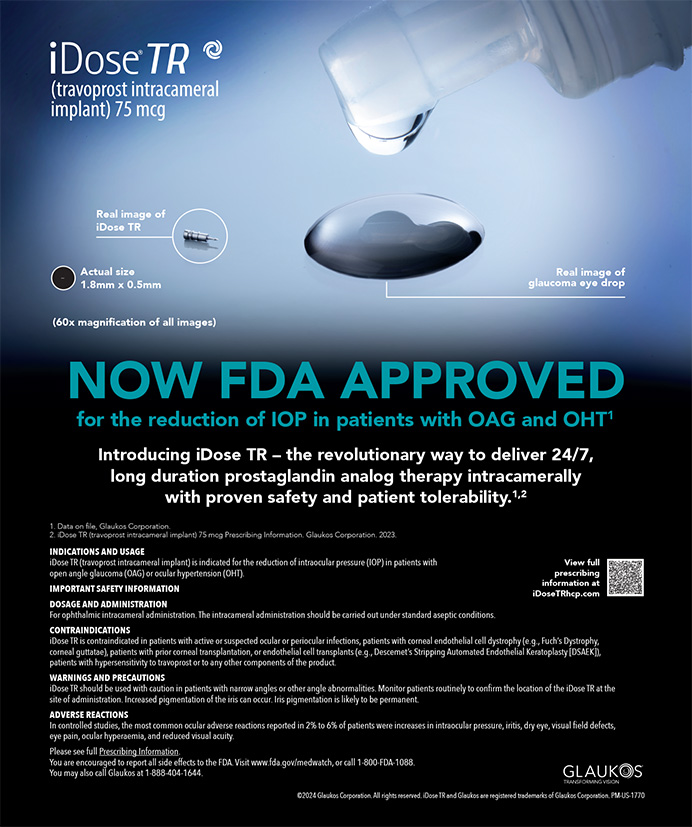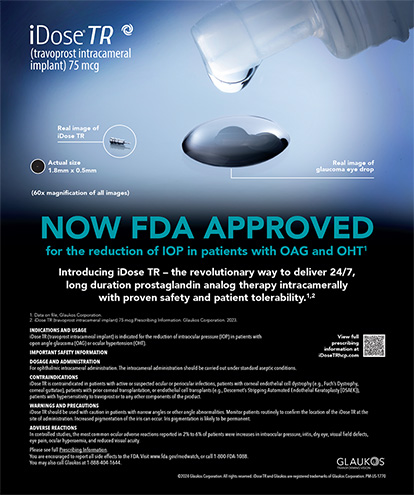Historically, surgical procedures associated with clinical trials were performed within the four walls of a hospital. Waits of weeks or months for an appointment were not uncommon, and patients typically spent several days recovering in the hospital. Over the past 40 years, the health care industry has witnessed a rise in surgeries being performed in outpatient settings, namely ambulatory surgery centers (ASCs).1 This increase in surgical procedures in outpatient settings is linked to novel technological advances and medical techniques that have expanded the types of procedures suitable for an outpatient setting.1
The development of instruments that made minimally invasive procedures possible also made certain types of surgery less complicated to perform. Additionally, the discovery of new anesthetic agents and simultaneous techniques for administering anesthesia have also driven outpatient care. Procedures that can now be performed faster and less invasively with short-acting anesthetics once required significant incisions and long-acting anesthetics, and with medical innovation, more procedures will likely follow suit.
A BRIEF HISTORY OF ASCs
To date, there are nearly 6,000 free-standing ASCs in the United States, a number that, although increased by more than 200 ASCs per year since 1996, has since slowed in the past few years.2 Although the overall rise in the number of ASCs across the country may have plateaued as of late, their utilization in the ophthalmic arena is steadily climbing. In fact, in 2012, the most frequently provided ASC service was cataract surgery with IOL insertion, a statistic that has held since 2007.3
Originally established in the 1970s, ASCs are medical facilities that specialize in same-day or outpatient surgical procedures and function under the assumption that the patient will not need hospitalization or exceed a 24-hour stay. Also known as surgicenters, the word ambulatory comes from the Latin verb ambulare, which means “to walk.” With respect to clinical trials, it means that enrolled subjects who are being treated at a surgical center do not require admission to a hospital and are well enough to go home after the procedure.
Although ASCs are generally smaller than a hospital, with an average of four ORs and two procedure rooms, they are still part of a highly regulated industry with each facility being required to comply with rigorous oversight and certification.1 In fact, many of the same standards and requirements that apply to inpatient hospital ORs apply to ASCs.
BENEFITS OF ASCs TO CLINICAL RESEARCH
The preparation that goes into clinical trial start-up is greatly facilitated by the small scale of an ASC. Study start-up meetings, the education of study coordinators and staff on the protocol and the initiation of patient recruitment are all under the control of a closely knit ASC management team. The scheduling of the surgery that is integral to the clinical trial is also facilitated, and the surgeons are able to manage the additional work related to the data collection in the perioperative period while also seeing patients on a daily basis. The flexibility allowed by an ASC, particularly if the physician is an/the owner, allows for convenient scheduling for him or herself, staff, and patients/study subjects.
Improved Efficacy
Frustrations such as scheduling delays, limited OR availability, and challenges in obtaining new equipment due to hospital budgets and policies become a thing of the past. It also takes much less time to prepare an OR for a study subject in a specialized ASC where a surgeon works frequently than the time required in many standard hospitals. This improved efficiency allows surgeons to treat more subjects in the same amount of time. Additionally, the routine nature of the procedures scheduled in ASCs allows cataract surgeons to maintain their schedules without the interruption of emergencies that can delay scheduled surgeries in the hospital setting.
Smaller Setting
The culture of an ASC is also key to running effective clinical trials. One of the benefits of an ASC’s smaller setting is the focused personnel. In an ASC setting, a surgeon can meet with his or her surgical coordinators to review the scheduled cases for the day, go over biometrics, and do the most he or she can to minimize the chance for confusion during surgery. Creating a culture that encourages staff, members to want to work hard, particularly when there is a valued, respected relationship between surgeons and other staff is facilitated within the intimate structure of an ASC. This cohesiveness allows the surgeon and staff to coordinate more frequently than can happen in a hospital setting. This is the ideal working relationship of principal investigator and clinical trial coordinators. Study sites with an ASC allow the sponsor to have a close relationship with the clinical trial staff and research team who are involved in the study.
Better Procedural Control
Specifically for clinical research, ASCs can offer greater control over procedures, which also promotes a standardized, streamlined approach. Routines and standards can be set for staff so that, regardless of the person in the OR, all procedures are conducted in the same manner per the instruction of the study investigator and/or surgeon as opposed to being regulated by a hospital. This can result in easier protocol adherence to the clinical trial protocol with fewer deviations.
Cataract and refractive practices that function within ASCs can invest in staff training and education to standardize performance on the specific ophthalmic procedures being performed at the center and at the core of a clinical trial. Greater accuracy and precision are also gained in a clinical trial by the larger number of procedures being performed. If study assessments are not done accurately and precisely, the resulting protocol deviations percolate throughout the trial and can call into question the study’s integrity. As regulatory agencies begin to more closely scrutinize protocol deviations, the standardization of the trial process is becoming a key factor in choosing study sites for sponsors. In the final statistical analysis, this push for standardization drives lower deviations and minimizes the need to remove subjects from the perprotocol analysis, consequently increasing the site’s ability to provide a cleaner, more robust dataset for analysis and optimizing the conclusions made from the data.
Equipment, Cost, and Time
Surgeons with ASCs can dictate the type of equipment to be used throughout the facility, further outfitting the clinical trial process with consistency. For example, capture, use, and storage of videos taken during a procedure as part of a protocol are under the practicing surgeon’s discretion instead of the hospitals’.
Typically, procedures conducted in ASCs cost less than the same procedure in a hospital.4 There is also evidence that the average time for surgical visits, including the time spent in surgery, in the recovery room, and the overall time, is higher in hospital settings than ASCs, specifically for diagnoses such as cataract.3 This makes it easier for participating sites to stay on track and continue to hit or beat study timelines.
Personalized Setting
Patients, the potential study subjects, often greatly prefer the less institutionalized environment of an ASC. This is one of the reasons that staff training is essential to the success of an ASC, as study subjects will undoubtedly recognize a streamlined process when they see one. Seniors who often await cataract surgery can do so with minimal anxiety, especially if the ASC is located near the office for their regular appointments. The setting is more personal and relaxed, with everything at the same location, including patient registration, waiting rooms, surgical suites, and recovery rooms.
CONCLUSION
Owning and operating in an ASC allows surgeons flexibility. They can assemble teams of focused personnel, standardize procedures, and stock the space appropriately. This enhanced control over the clinical environment is ideal for clinical research.n
1. Ambulatory Surgical Centers: Financial & Operational Benchmarking Study. 2011. www.vmghealth.com/Downloads/VMG_Intellimarker11. pdf. Accessed September 26, 2014.
2. Report to the Congress: Medicare Payment Policy:2012. www.medpac.gov/documents/reports/march-2012-report-chapter-5-ambulatory-surgical-center-services.pdf?sfvrsn=0. Accessed October 1, 2014.
3. Medicare Payment Advisory Commission: 2014. www.medpac.gov/documents/reports/mar14_entirereport.pdf?sfvrsn=0. Accessed October 1, 2014.
4. Ambulatory Surgery Centers: A Positive Trend in Healthcare. http://www.asge.org/uploadedFiles/Members_Only/Practice_Management/Ambulatory%20Surgery%20Centers%20%E2%80%93%20A%20Positive%20Trend%20in%20Health%20Care.pdf. Accessed October 2, 2014.
Section Editor Ryan Bouchard
• director of medical devices at Ora
• (978) 332-9574; rbouchard@oraclinical.com
Vance Thompson, MD
• founder of Vance Thompson Vision in Sioux Falls, South Dakota
• (605) 328-3937; vance.thompson@vancethompsonvision.com


